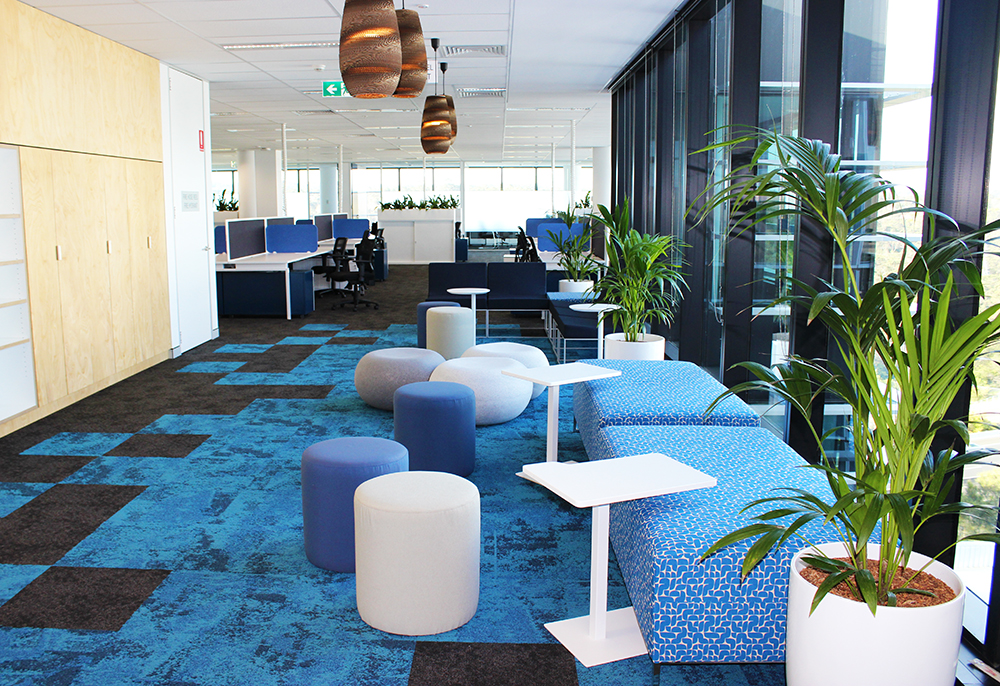In last week’s blog, we discussed the advantages and disadvantages of open and closed plan offices. Although open plan offices have been the popularised choice over the last few decades, both strategies have their benefits and there isn't a one size fits all solution.
Types of work performed by employees vary throughout the day and so does the environment they work in, from needing a quiet private space to concentrate to a collaborative space to brainstorm and think creatively.
With this, the more flexible concept of Activity Based Working has emerged which aims to give employees the best working environment for the task at hand.
What is Activity Based Working or ABW?
Activity Based Working supports the idea that a work space should be based on the type of work or “activity” that is undertaken by an employee. Therefore, the workspace should be designed accordingly and foster a number of varied spaces that allow for different activities to be performed at their best. For certain tasks employees will need to think creatively, for others they will need to collaborate and others to concentrate without any distractions. ABW implies that employees no longer have their own desk and become mobile, choosing their desk, room, work area depending on the work they need to achieve.
What are the benefits of ABW?
- It allows people to perform at their best, increasing productivity and business efficiency by working in the most suitable space
- It gives employees a sense of freedom, empowerment and trust
- It increases interactions and team collaboration
- Flexibility in where and how employees choose to work
- Reduction in paper usage
- Decrease in real estate costs by reducing the amount of desks and floor space needed
- Increase in activity and chance meetings
What are the disadvantages of ABW?
- Sense of loss: employees no longer have a space that feels like their own which they can personalise
- Feeling exposed
- Frequent desk relocations can waste time
- Certain employees, often from older generations used to a more traditional work environment, may not respond well
What spaces should be created?
This highly depends on the industry you work in, your company culture and the employees’ needs. Careful consideration should be given when implementing ABW to ensure it meets your business strategy. A mix of collaborative spaces with team desks, quiet concentration rooms, phone booths and meeting rooms are the most common spaces seen in ABW. Other ideas range from leisure areas featuring table tennis and pool tables, media rooms and café style or lounge spaces encouraging impromptu and informal meetings, but there is really no limit to what you can do.
A few things to take into considerations before implementing Activity Based working
- It is essential to have the right technology to support this model, including a fast and secure Wi-Fi connection so that staff can access the internet from anywhere at any time, a fully mobile telephone system.
- You will need to consider transitioning to a paperless office
- The initial cost of implementing ABW incurred by the office redesign and new furniture purchase
Is ABW for you?
Each business is unique and the reason for adopting ABW should be carefully considered. Activity Based Working presents a lot of advantages and could be the ultimate solution to providing the perfect workspace. Look at whether your current model is working, weigh up the benefits and disadvantages of Activity Based Working to help you decide whether it is the right solution for you. The truth is that most people resist change, it is therefore important to implement this new strategy in stages and to explain the reasons behind ABW and its benefits to the employees to facilitate the transition into a vastly different style.
Click through our gallery below for more ABW inspiration.

















